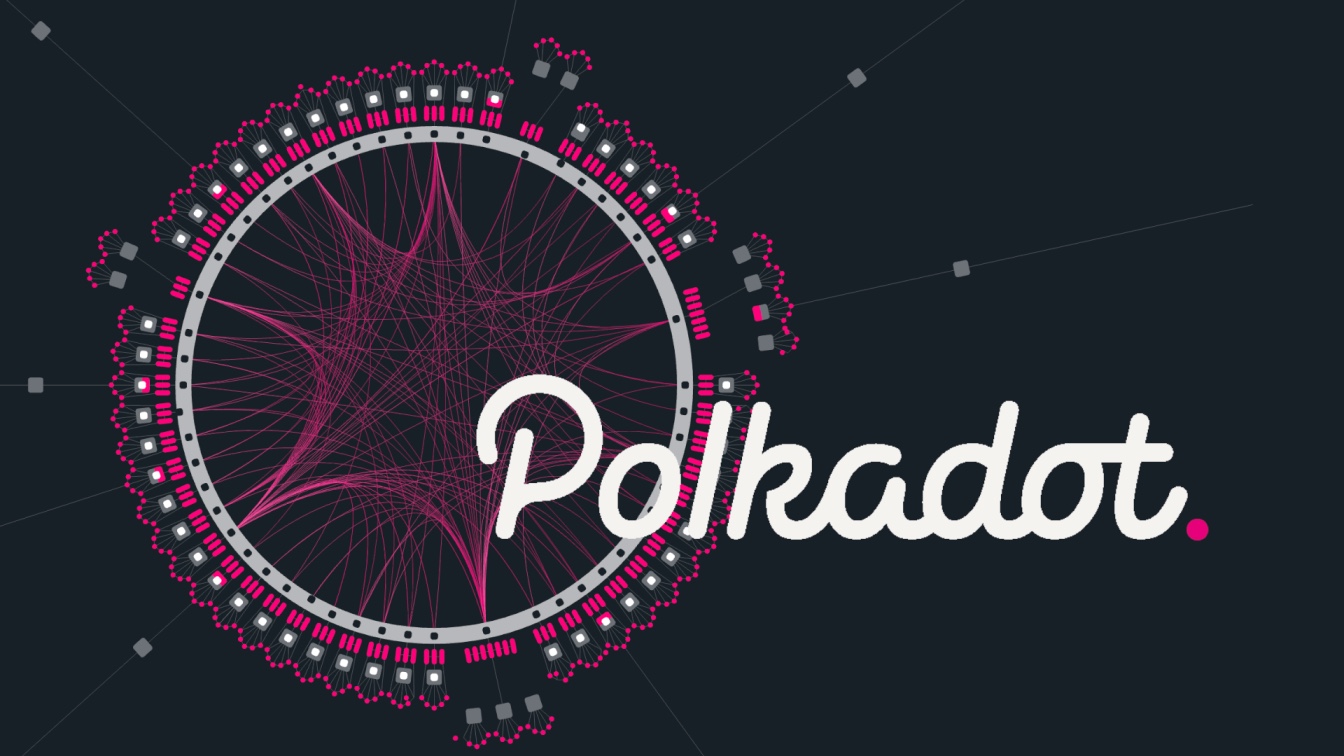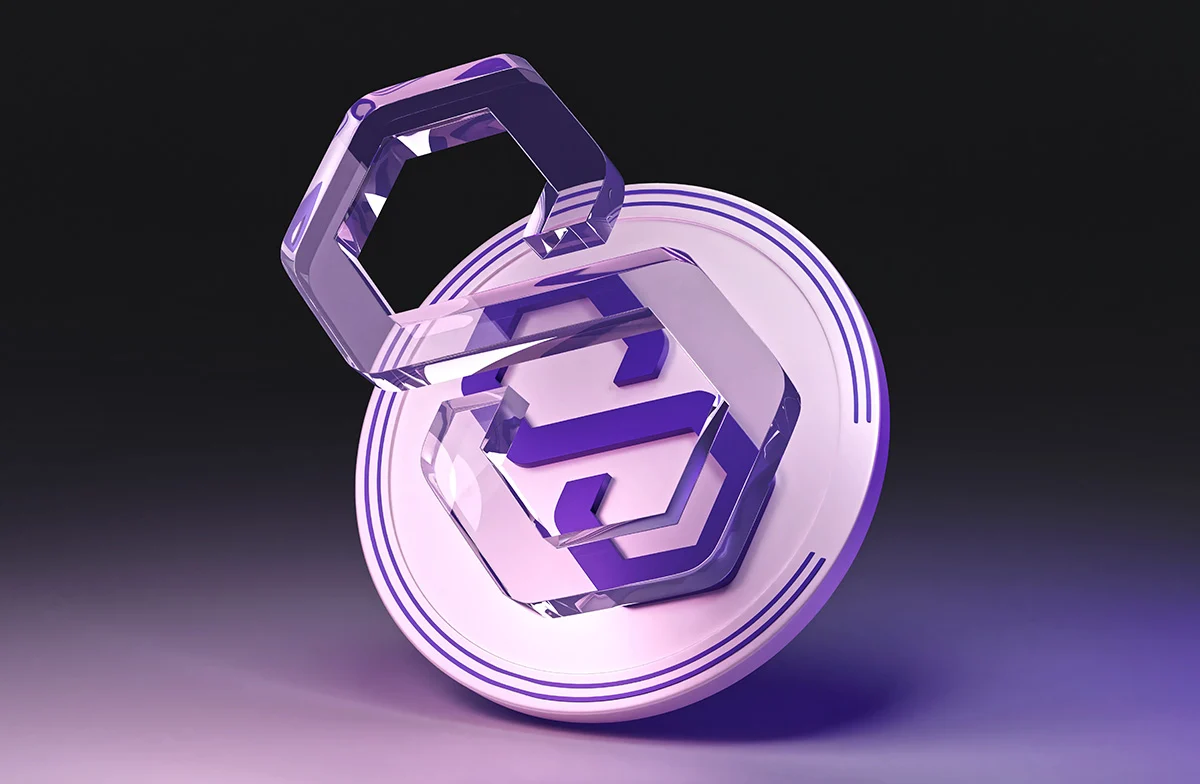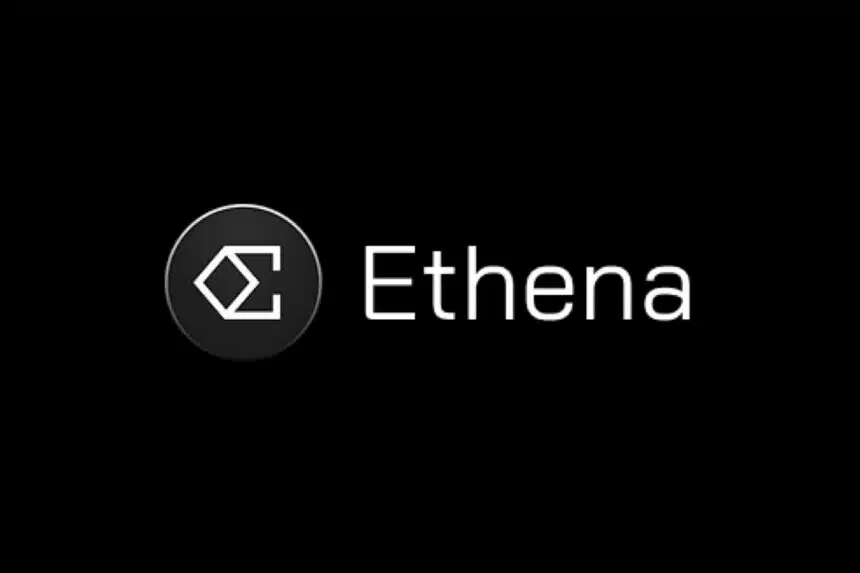|
Getting your Trinity Audio player ready...
|
Blockchains are often limited by isolation, restricting how users interact with their tokens. Polkadot (DOT) and Chainlink (LINK) aim to break these barriers by fostering interoperability and data integration. Here’s a closer look at these platforms, their unique features, and what sets them apart.
Polkadot: The On-Chain Visionary
Founded by Ethereum co-founder Gavin Wood in 2016, Polkadot addresses blockchain isolation by enabling cross-chain communication. Through its relay chain and customizable parachains, Polkadot connects disparate blockchain networks, fostering seamless data exchange. Its scalability is impressive, supporting over 1,000 transactions per second (TPS), significantly outpacing Bitcoin’s 7 TPS. Polkadot’s shared security model, powered by validators, ensures robust network protection. However, its complexity and reliance on market demand pose challenges for newcomers and long-term growth.
Chainlink: Bridging the On-Chain and Off-Chain Divide
Launched in 2017, Chainlink focuses on solving the “Oracle Problem” by integrating off-chain data into blockchain systems. Using decentralized oracles, Chainlink enables smart contracts to interact with real-world data, fueling applications in DeFi, NFTs, and beyond. Chainlink’s security model, featuring node operators staking LINK tokens, ensures data accuracy and reliability. While its Ethereum-based infrastructure can lead to scalability issues, its versatility makes it indispensable for real-world integrations.
Key Differences
- Functionality: Polkadot excels in on-chain interoperability, while Chainlink dominates in off-chain data integration.
- Scalability: Polkadot’s relay chain offers superior scalability, whereas Chainlink relies on Ethereum’s network.
- Community Governance: Both platforms encourage user participation, but Chainlink’s smaller, inclusive community may offer more accessible decision-making.
Also Read: Polkadot (DOT) Faces Setback After Failed Breakout: Is a Bullish Rally Still Possible?
Polkadot and Chainlink represent pivotal innovations in blockchain technology. Polkadot is ideal for developers seeking seamless blockchain connectivity, while Chainlink appeals to those integrating real-world data into decentralized systems. Both are driving forces in decentralization, shaping the future of Web3.
Disclaimer: The information in this article is for general purposes only and does not constitute financial advice. The author’s views are personal and may not reflect the views of Chain Affairs. Before making any investment decisions, you should always conduct your own research. Chain Affairs is not responsible for any financial losses.




